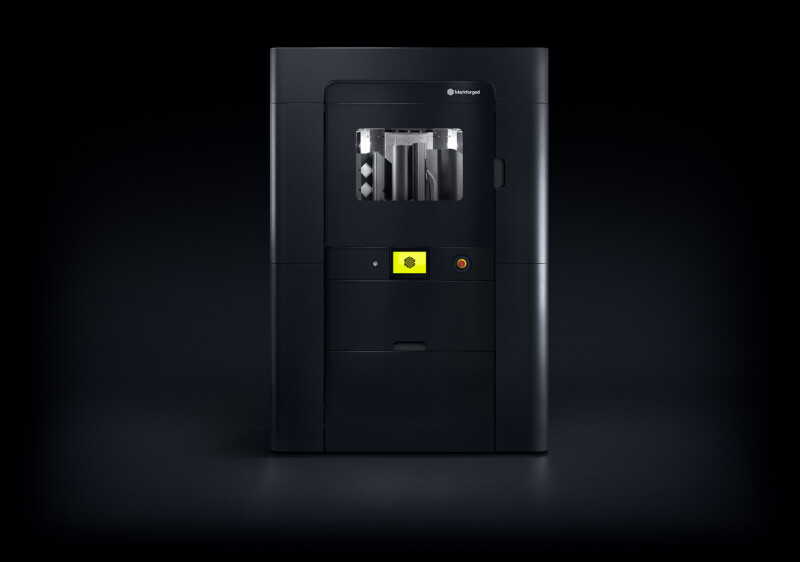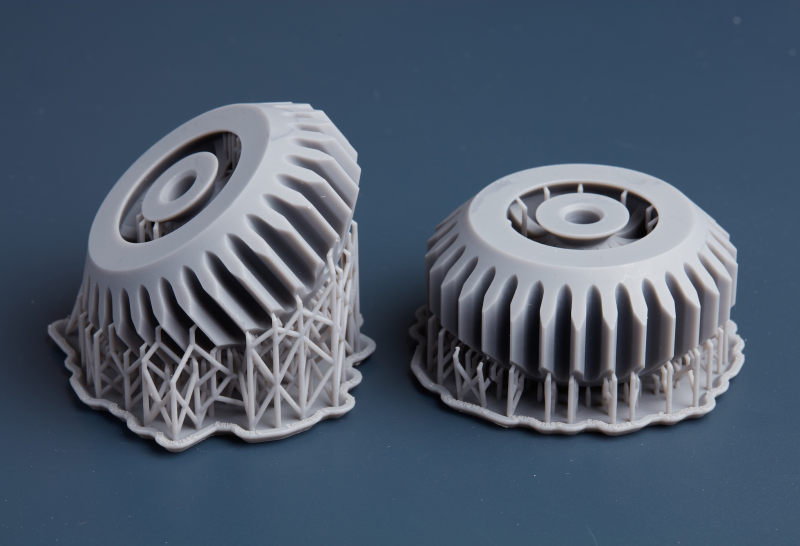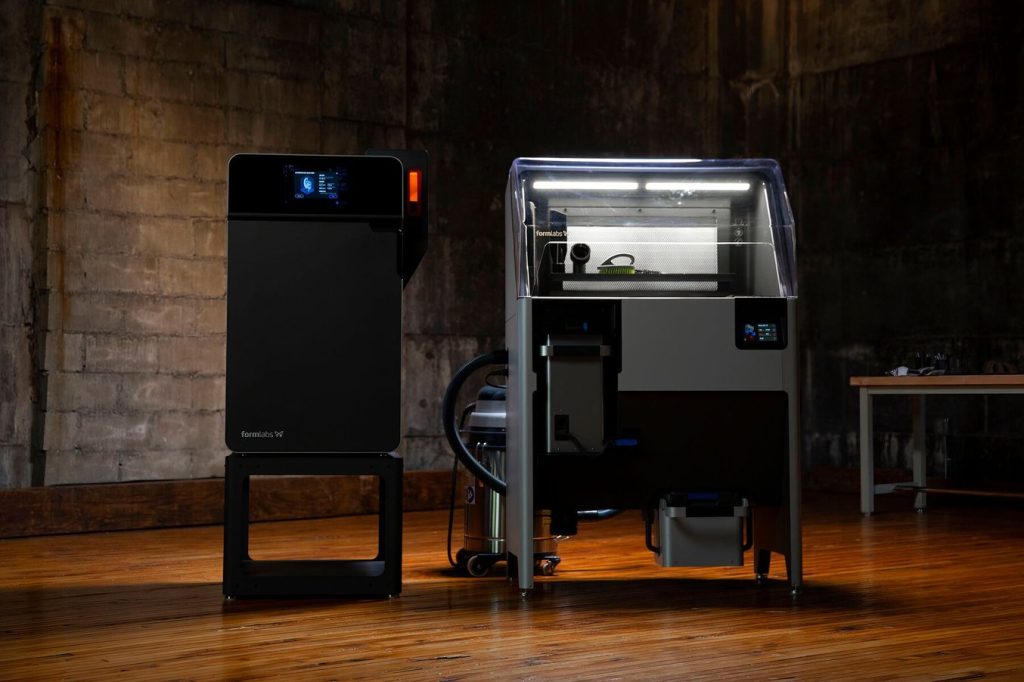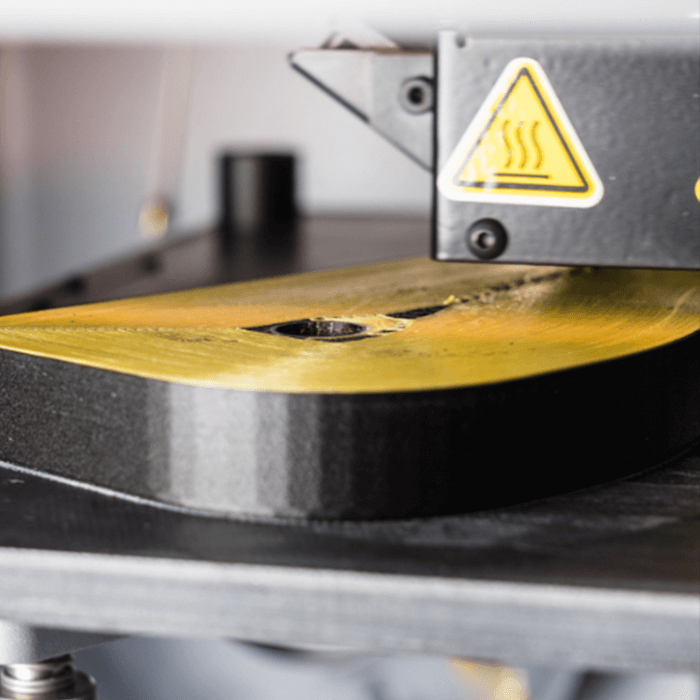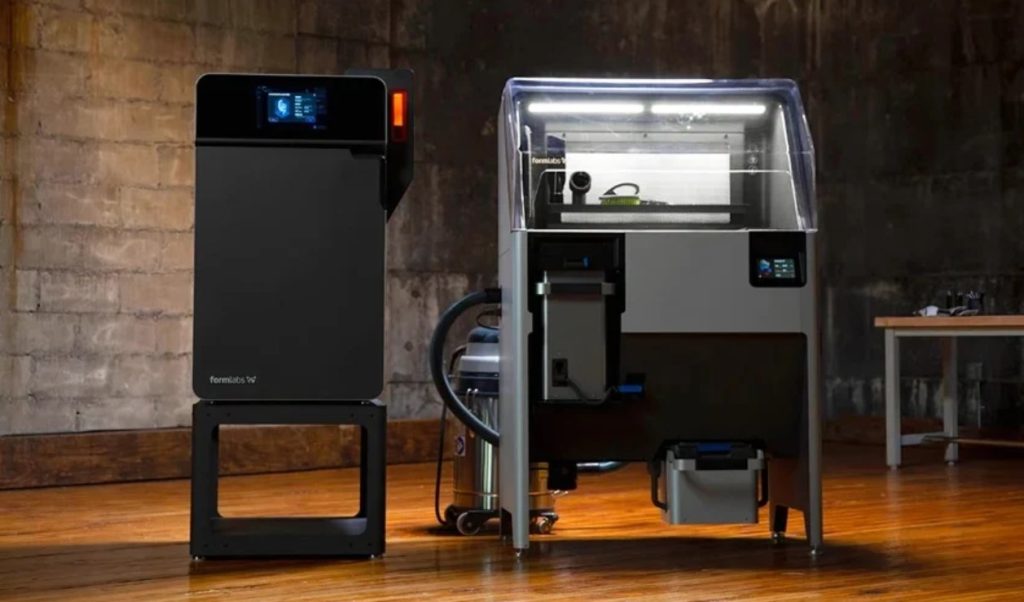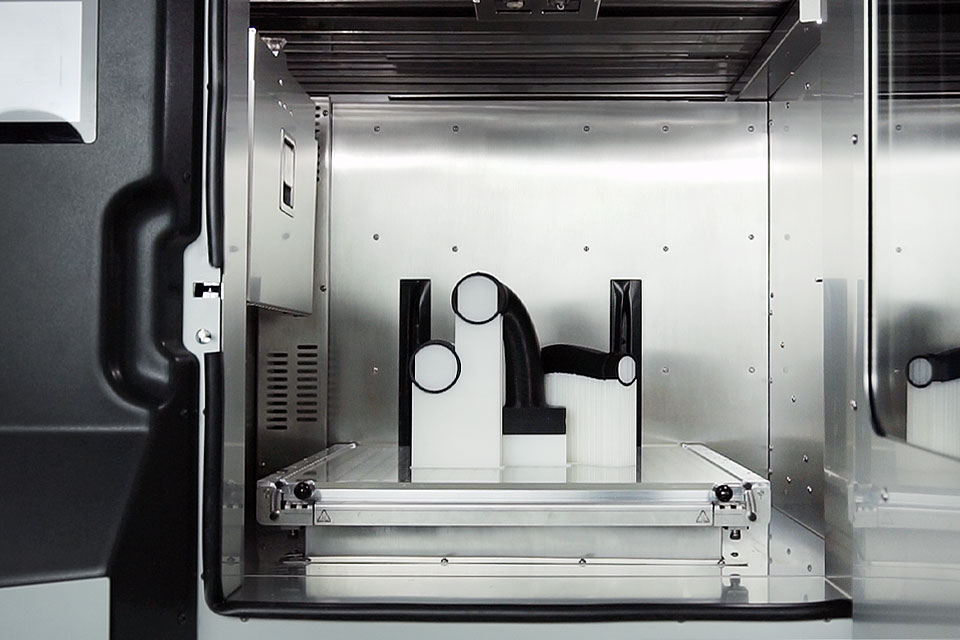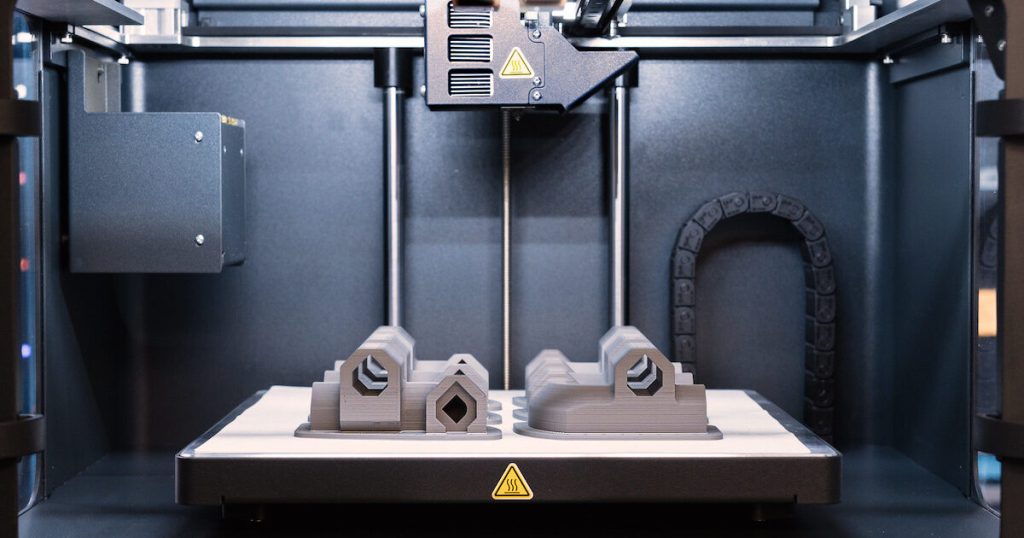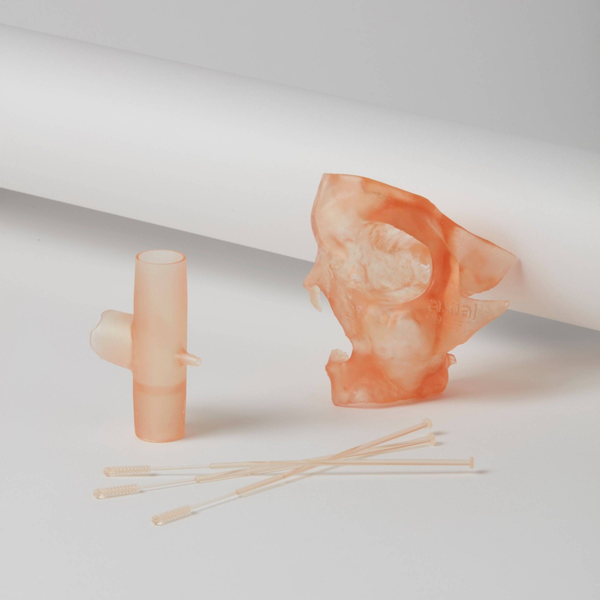Markforged FX20 – Expanding Large-Scale Capacity With CFR
While 3D printing large parts that are strong and durable is possible with high-performance plastics, Continuous Fibre Reinforcement (CFR) technology with the Markforged FX20 offers even better results. CFR uses a build material such as Onyx for the outer shell and infill and a composite like carbon fibre as a
Markforged FX20 – Expanding Large-Scale Capacity With CFR Read More »




